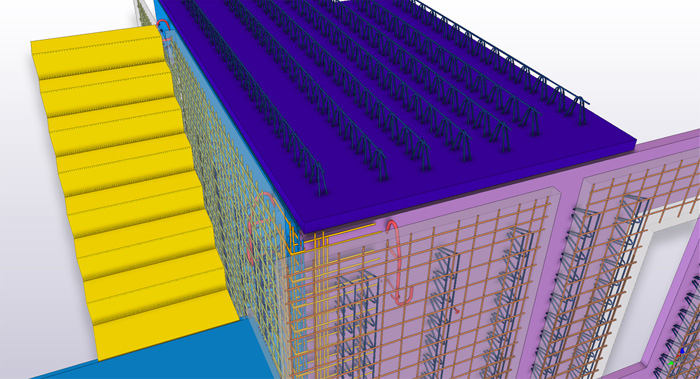New releases focus on 2D drawing and 3D modelling efficiency and collaborative construction workflows
Trimble has launched the 2018 versions of its software for structural engineering, fabrication and construction teams. Tekla Structures 2018, Tekla Structural Designer 2018 and Tekla Tedds 2018 support constructible BIM workflows for stakeholders in structural steel and concrete, including designers, detailers and fabricators, concrete contractors, general contractors and structural engineers.
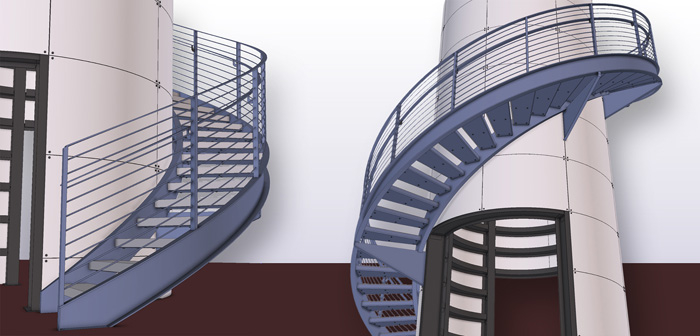
Tekla Structures 2018 focuses on delivering faster 3D modelling processes, more precise detailing, better control over changes and quicker production of drawings with less effort, in addition to workflow-related efficiency gains. The new version also supports point clouds, allowing delivery of coordinated, constructible designs that fit existing structures. The improvements in drawings include quicker drawing production with less effort and reviewing and adding content faster. The collaborative workflow from design and analysis to detailing and fabrication is also smoother than before, says Trimble, regardless of structural material.
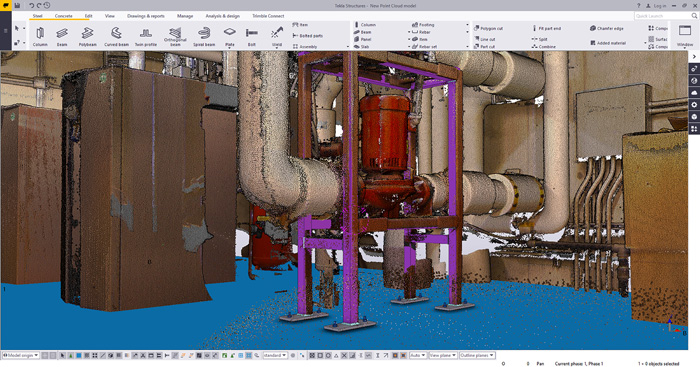
Tekla Structural Designer 2018 has a big focus on structural design workflow productivity. For example, Trimble explains how the new rigorous non-linear concrete slab design feature automates loading simulation through construction to help save engineering design time. In addition, enhanced analysis options for concrete and steel are designed to accelerate design cycles for complex structural elements. The new version also supports Swedish, Norwegian and Finnish annexes to the Eurocodes.
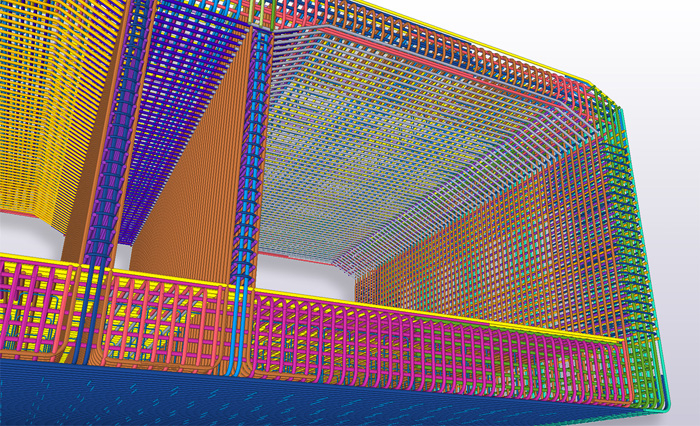
Tekla Tedds 2018 introduces a variety of new calculations to help improve productivity for civil and structural engineers. The easy-to-use software offers a quality assured library of code compliant calculations that are visible for easy review and validation.
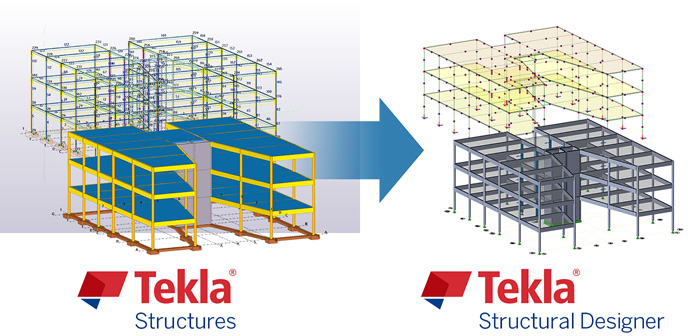
In addition, Trimble has launched Tekla Developer Center, a new online hub for all Tekla Open API information to support the application developer community through customisation of Tekla Structures and open collaboration.
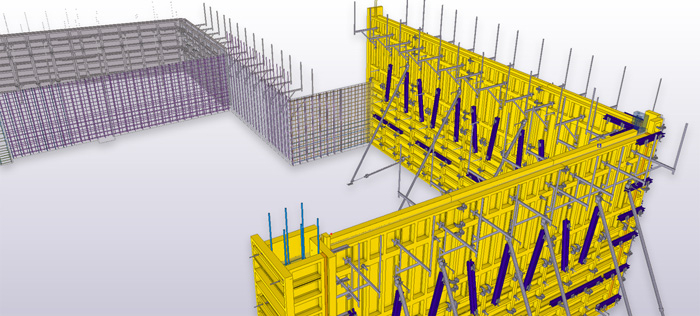
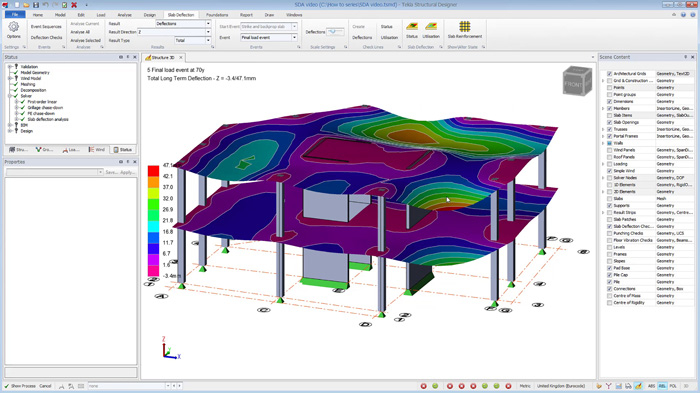
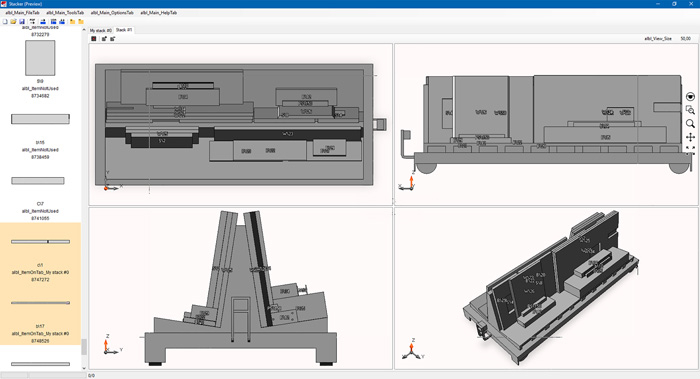
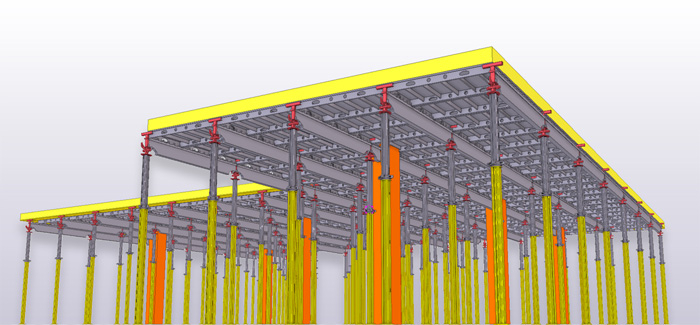
If you enjoyed this article, subscribe to AEC Magazine for FREE

